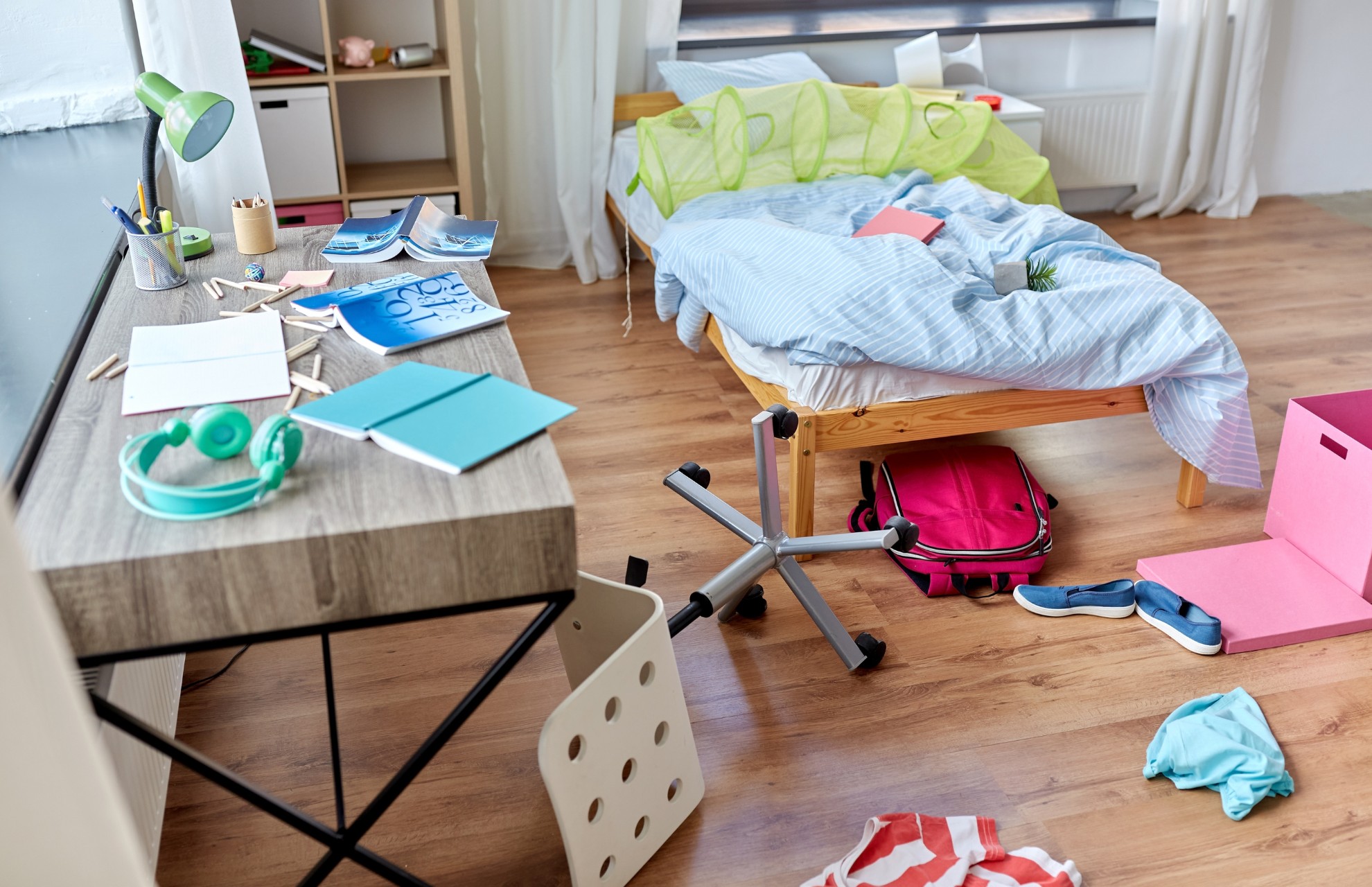
Keeping a house clean and tidy with kids can be a challenging task. The constant influx of toys, spills, and messes can make it seem like a never-ending battle. It’s disheartening when you spend hours cleaning and tidying up, only to have your kids create new messes right after.
In this article, we’ll explore practical and effective ways to tackle the challenges that come with maintaining cleanliness in your home while navigating parenthood. From establishing cleaning routines to involving your children in the process, we’ll provide you with the tools you need to transform your home into a tidy and inviting sanctuary.
Why a Clean House Is Important for Kids
The importance of a clean and organised home goes beyond mere aesthetics. A messy environment can impact the physical and emotional well-being of family members. By striving for a clean and organised home, parents can provide their children with a nurturing and calming space to grow.
Health
If you find that you and your kids are falling ill frequently, your house could be making you sick. A cluttered and unkempt environment can harbour dust, mould, and other allergens that can trigger allergies and respiratory issues in children. Regular cleaning and organisation can significantly reduce the presence of these potential irritants, promoting a healthier living space for your little ones.
Reduce Anxiety and Stress
Children are sponges, absorbing everything they see and experience in their environment. They tend to mimic the behaviours and routines of those around them, including the state of their home. A messy and disorganised living space can have a significant impact on the well-being of both parents and children.
When children are surrounded by disorder, it can be challenging for them to find a sense of calm and stability. They may struggle to focus on activities or feel overwhelmed by the lack of structure in their immediate surroundings. This can lead to increased levels of anxiety and restlessness, hindering their ability to thrive and develop in a healthy manner.
Encourage Your Child’s Development
Responsibility is a crucial trait for children to develop as they grow and mature. Teaching them the importance of tidying up after themselves and taking ownership of their actions not only instils valuable life skills but also contributes to their overall development.
Children thrive when they have a clear understanding of their roles and responsibilities within the household. When they learn to put away their toys or clean up their messes, they begin to grasp the concept of accountability and the impact their actions have on their environment.
In addition to cultivating responsibility, establishing a routine is equally important for a child’s development.
Routines provide structure and predictability, which helps children feel secure and in control of their environment. The consistency of a cleaning routine allows children to develop a sense of order and discipline, promoting a more organised mindset as they navigate different aspects of their lives.
Higher Productivity and Concentration
If you notice that your children struggle to sit still while doing their homework or are frequently distracted from their tasks, it may be worth evaluating the home environment as a contributing factor.
When there is visual chaos and an excess of toys, books, or other items scattered around, it becomes challenging for children to focus on the task at hand. This can lead to frustration, decreased productivity, and an overall lack of engagement.
Creating toy-free zones or quiet corners for focus-related tasks is a great way to keep your children on track as the separation signals that it’s time to concentrate.
Ways to Keep Your House Clean With Kids
Tidying up your house with kids shouldn’t be a dreaded event. With these tips, you can get the whole family involved and excited about creating a clean and relaxing environment at home:
1. Declutter spaces
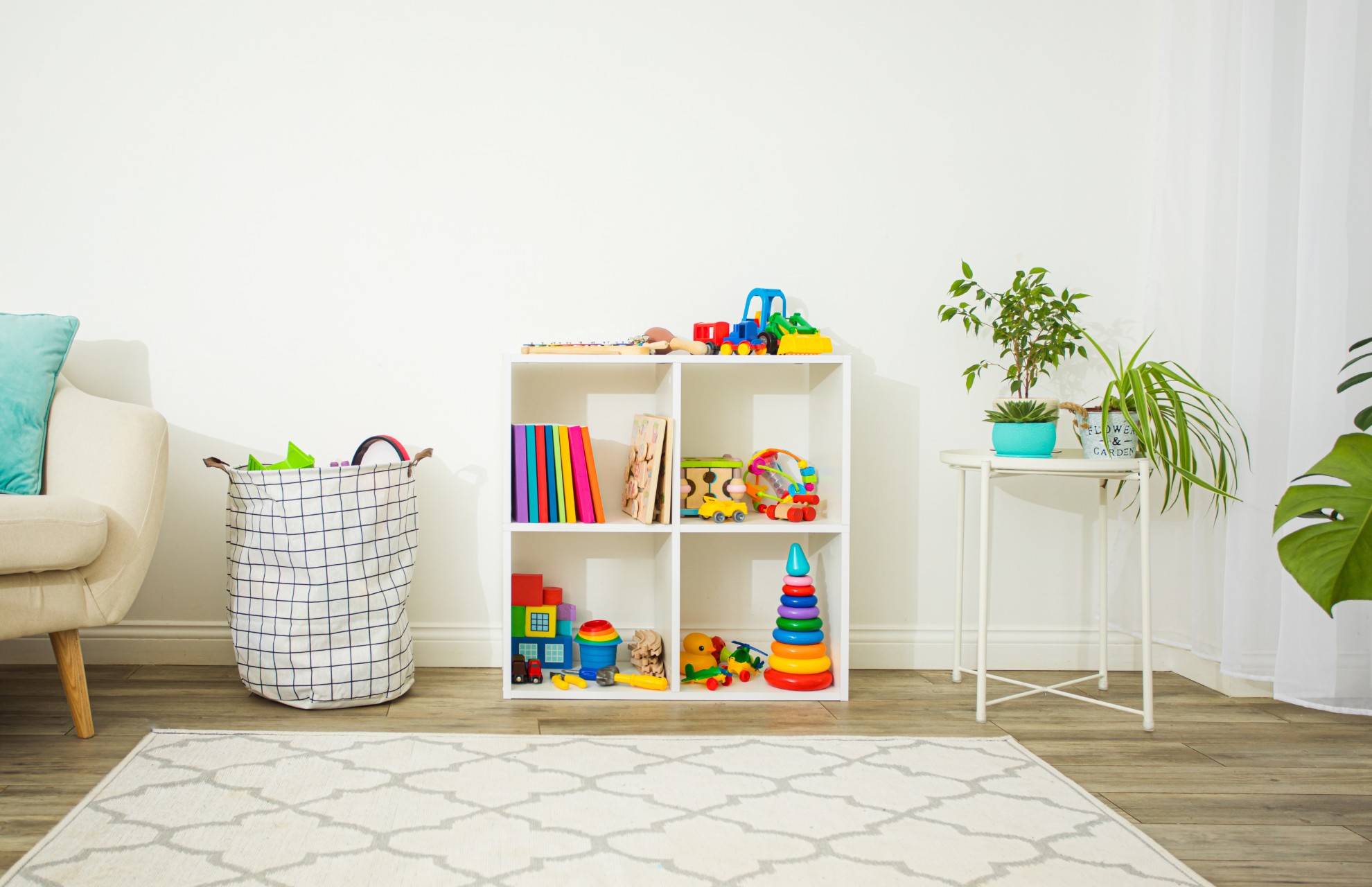
Decluttering a house with kids can seem like a daunting task, but with a well-planned approach, it can be an opportunity for both organisation and learning valuable life lessons.
Sort and categorise
Start by sorting items into categories such as toys, clothes, books, and so on. Involve your children in the decision-making process, asking them to identify which items they still enjoy playing with, wearing, or using. Together, determine what can be donated, sold, or discarded.
Teach the value of giving
Emphasise the importance of donating or selling items that are in good condition but no longer used. Explain to your children that these items can bring joy to other children who may not have as much. Take them along when donating items to local charities and teach them the value of sharing and giving back to the community.
Establish organising systems
Once you have decluttered, establish simple and accessible organising systems for your children’s belongings. Use storage containers, labels, and designated spaces for specific categories of items. Involve your children in setting up these systems, making it easier for them to maintain the organisation going forward.
2. Create a toy rotation system
Creating a toy rotation system can be a game-changer in maintaining an organised and clutter-free home, especially if your children frequently receive new toys as gifts. By implementing a toy rotation system, you can keep their playtime fresh and exciting while also minimising the overwhelming presence of toys in your living space.
Here’s how you can establish a toy rotation system:
Set a designated number of toys
Determine how many toys can be kept in the main toy box or play area at any given time. This number will depend on your child’s age, preferences, and the available storage space. Ideally, select a reasonable quantity that your child can comfortably play with without feeling overwhelmed.
Store away the rest
Place the remaining toys in storage boxes or containers that can be safely stored out of sight. Consider using labelled bins or clear containers to make it easier to identify and retrieve toys when needed.
Implement the exchange rule
Explain to your child that if they want to play with a toy from the storage box or feel bored with a current toy, they’ll need to make an exchange. They must choose a toy from the main toy box to return to the storage area before they can bring out a new toy.
This rule helps maintain the set number of toys in the play area and encourages your child to think consciously about their toy choices.
Rotate toys regularly
Plan a regular schedule for rotating the toys in the main toy box. This could be weekly, bi-weekly, or monthly, depending on your preference and your child’s level of interest. Involving your child in the rotation process can make it more engaging and exciting for them.
Observe and adapt
Pay attention to which toys your child consistently chooses to play with and which ones they seem less interested in. Use this information to guide future rotations and purchases to prioritise toys that truly capture their attention and spark their imagination.
3. Involve the whole family in a cleaning schedule

It can be overwhelming to juggle work, childcare, and the never-ending chores around the house. However, creating a cleaning schedule can help you stay organised and ensure that essential cleaning tasks are accomplished on a regular basis.
Involving the whole family in the cleaning schedule is also a practical and effective way to distribute household responsibilities while instilling a sense of shared ownership.
Determine cleaning tasks
Start by making a comprehensive list of cleaning tasks that need to be done daily, weekly, and monthly. This can include tasks such as vacuuming, dusting, laundry, dishes, bathroom cleaning, and tidying up common areas.
Assign age-appropriate chores
Assign each family member, including children, specific tasks based on their age and abilities. This allows everyone to contribute and feel a sense of accomplishment.
For younger children, kid-friendly chores like putting away toys, making their bed, and wiping down tables are suitable. Older children can take on more responsibility, such as loading the dishwasher, folding laundry, or sweeping the floors. Adjust the chores accordingly to ensure they are manageable and achievable for each family member.
Create a cleaning schedule
Once you have determined the tasks and assigned them to each family member, create a cleaning schedule that outlines when each task should be completed. Consider allocating specific days or time slots for certain tasks, depending on your family’s routine and availability. A visible and easily accessible cleaning schedule, such as a whiteboard or a shared digital calendar, can help everyone stay on track and accountable.
Collaborate and rotate responsibilities
Encourage open communication and collaboration within the family. Rotate tasks periodically to prevent boredom and to ensure everyone gets a chance to participate in different cleaning duties. This fosters a sense of fairness and shared responsibility among family members.
Lead by example
As a parent, it’s important to lead by example and actively participate in the cleaning routine. Show enthusiasm and dedication to the tasks assigned to you, as this will motivate and inspire other family members to do the same.
Here is an example of a cleaning schedule that you can adapt to your household:
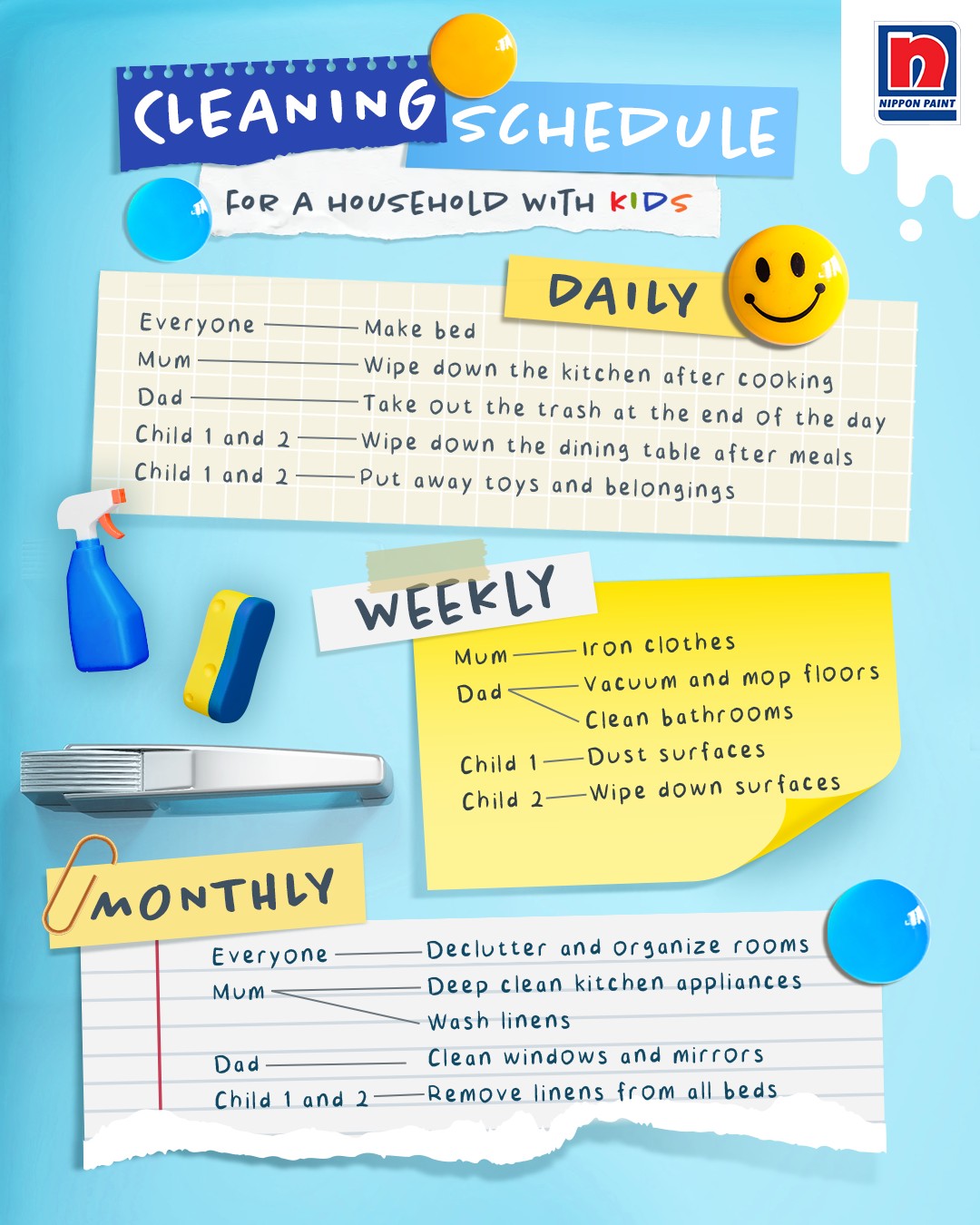
4. Make use of the right products
Making use of the right products can significantly simplify your cleaning and organisational efforts, making your life as a parent much easier.
Storage boxes
Investing in organisational boxes or storage solutions can work wonders in keeping your home tidy and ensuring that toys, drawing materials, and other items have designated places.
These boxes help create a sense of order, making it easier for both children and adults to locate and return items to their proper locations. By making belongings easily accessible to kids, they are more likely to develop the habit of putting things back where they belong.
Washable interior wall paint
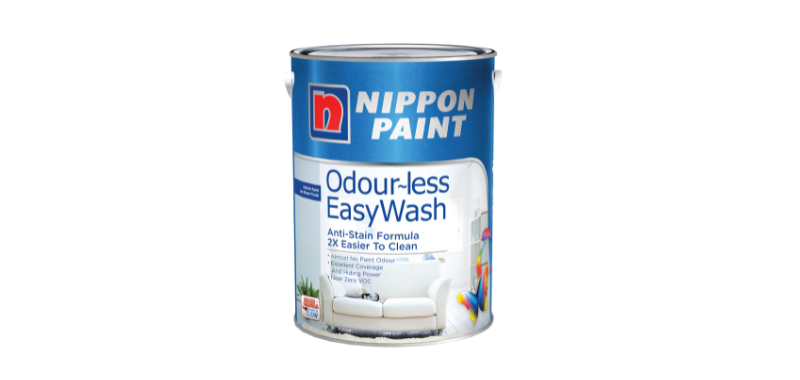
Walls are often susceptible to stains and grease, especially with children around. To maintain clean walls with ease, consider using Odour-less EasyWash Paint or a similar stain-resistant paint.
This type of paint allows you to easily clean away marks that your children may unintentionally leave on the walls, such as dirty handprints or marker inks. With a protective barrier in place, you can easily wash and wipe down the walls without worrying about stripping the paint. Combined with Selleys Liquid Sugar Soap, you’ll be able to remove even the toughest of stains.
5. Incentivise your kids or take privileges away
Motivating children to help keep the house clean can sometimes require a little extra encouragement. Depending on your child’s personality and preferences, you can either incentivize them or use the approach of taking privileges away to instil a sense of responsibility and motivate them to clean up their messes.
- Incentivise your kids
Some children respond well to positive reinforcement and rewards. Incentivize them by offering a desirable reward or activity once the family, including your child, completes their chores.
For example, you could promise them their favourite treat, a trip to the park, or extra playtime with a friend. Make it clear that these rewards are contingent upon everyone’s participation and successful completion of their tasks.
- Take privileges away
For children who may be more motivated by consequences, implementing a system where privileges are temporarily suspended until chores are done can be effective.
Communicate to your child that they won’t have access to certain privileges, such as screen time or playing with toys, until their chores are completed. This approach helps them understand that their actions have consequences and reinforces the importance of fulfilling responsibilities.
However, it’s crucial to strike a balance and ensure that the incentives or consequences are fair and age-appropriate. Tailor the approach based on your child’s individual personality, interests, and developmental stage.
It’s important to communicate your expectations clearly and emphasise that cleaning up after themselves is a necessary part of being a responsible member of the family.
6. Make cleaning fun
By infusing fun and excitement into the cleaning process, you create a positive and engaging environment that motivates children to actively participate.
Turn it into a game
For competitive kids who love a challenge, turn cleaning into a friendly competition. Set a timer and see who can tidy up their assigned area the fastest or who can collect the most items to put away. You can also create a scavenger hunt by giving each child a list of specific items to find and put away.
Turning cleaning into a game adds an element of excitement and motivates children to participate.
Blast some music
Put on some upbeat tunes that your family enjoys and turn up the volume while cleaning. Encourage everyone to sing along, dance, or even create a cleaning dance routine. The fun beats can make the cleaning process more enjoyable and keep everyone engaged.
7. Start young
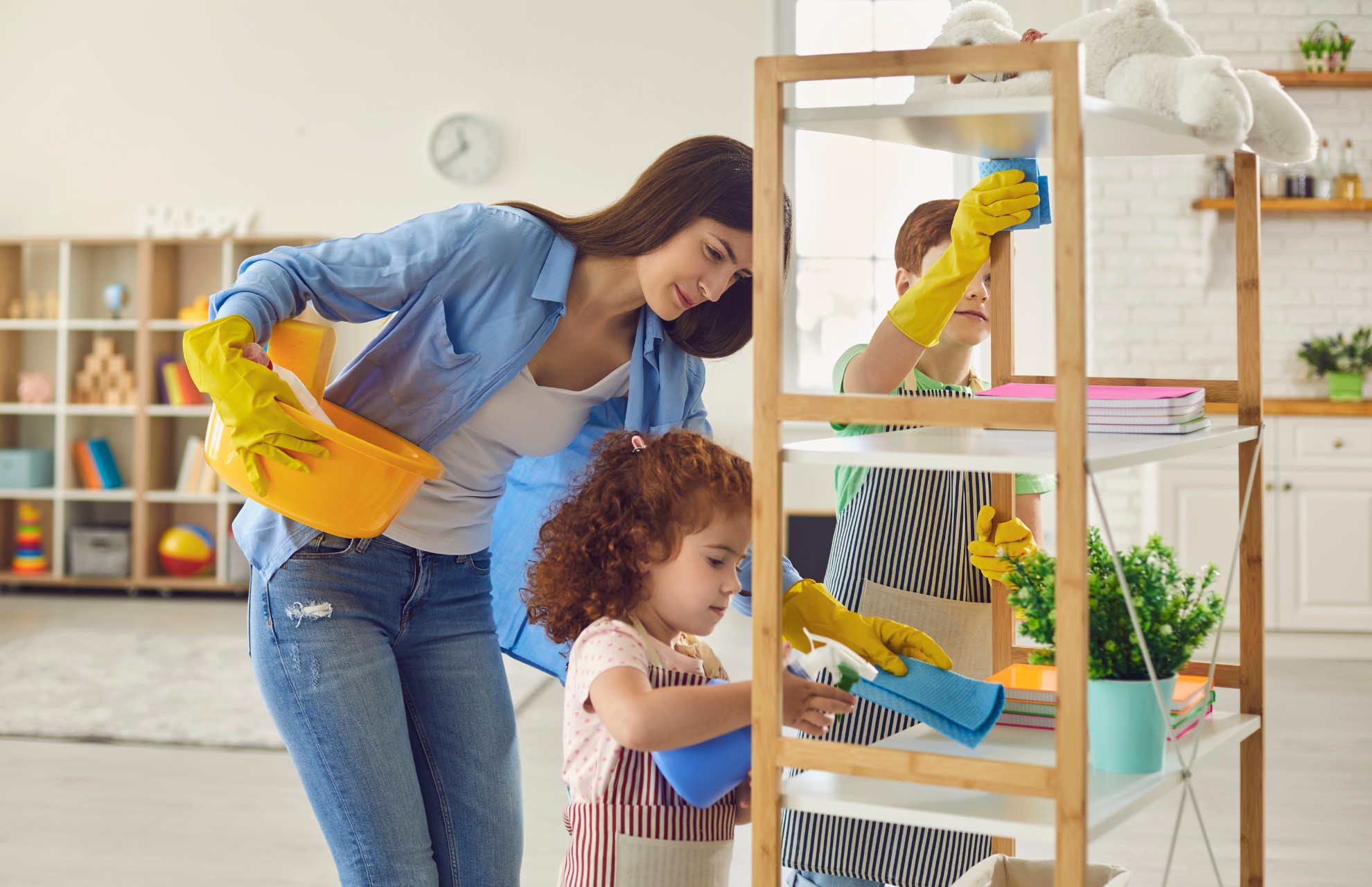
Encouraging your kids to take part in cleaning the home from a young age sets the foundation for lifelong habits of responsibility and cleanliness.
Begin by allowing your toddlers to participate in pretend cleaning. This can involve providing them with toy versions of household cleaning tools such as kitchen sets or laundry sets.
Encourage them to mimic your actions and engage in pretend play as they “clean” alongside you. This early exposure to cleaning activities helps them develop positive associations with tidying up and fosters a sense of responsibility.
By incorporating pretend cleaning into their playtime, you establish a natural connection between cleaning and taking responsibility. As they grow older and are ready to contribute to household chores and clean up after themselves, they’ll already have a positive association with these activities.
This early exposure makes it more likely that they’ll view cleaning as a normal and necessary part of everyday life.
Keeping Your House Clean for the Whole Family
Throughout this article, we’ve explored practical and effective tips to help you keep a clean house while raising children. While it may be challenging at times, it definitely isn’t an impossible task.
While it’s essential to strive for a clean home, it’s equally important to note that perfection isn’t the goal. The aim is to create a nurturing and relaxing home for the family to thrive, and setting realistic expectations and non-negotiables can help maintain discipline and ensure that everyone contributes to keeping the home clean.
How to Fix Paint Peeling off the Wall: 7 Easy Steps and Prevention Tips
